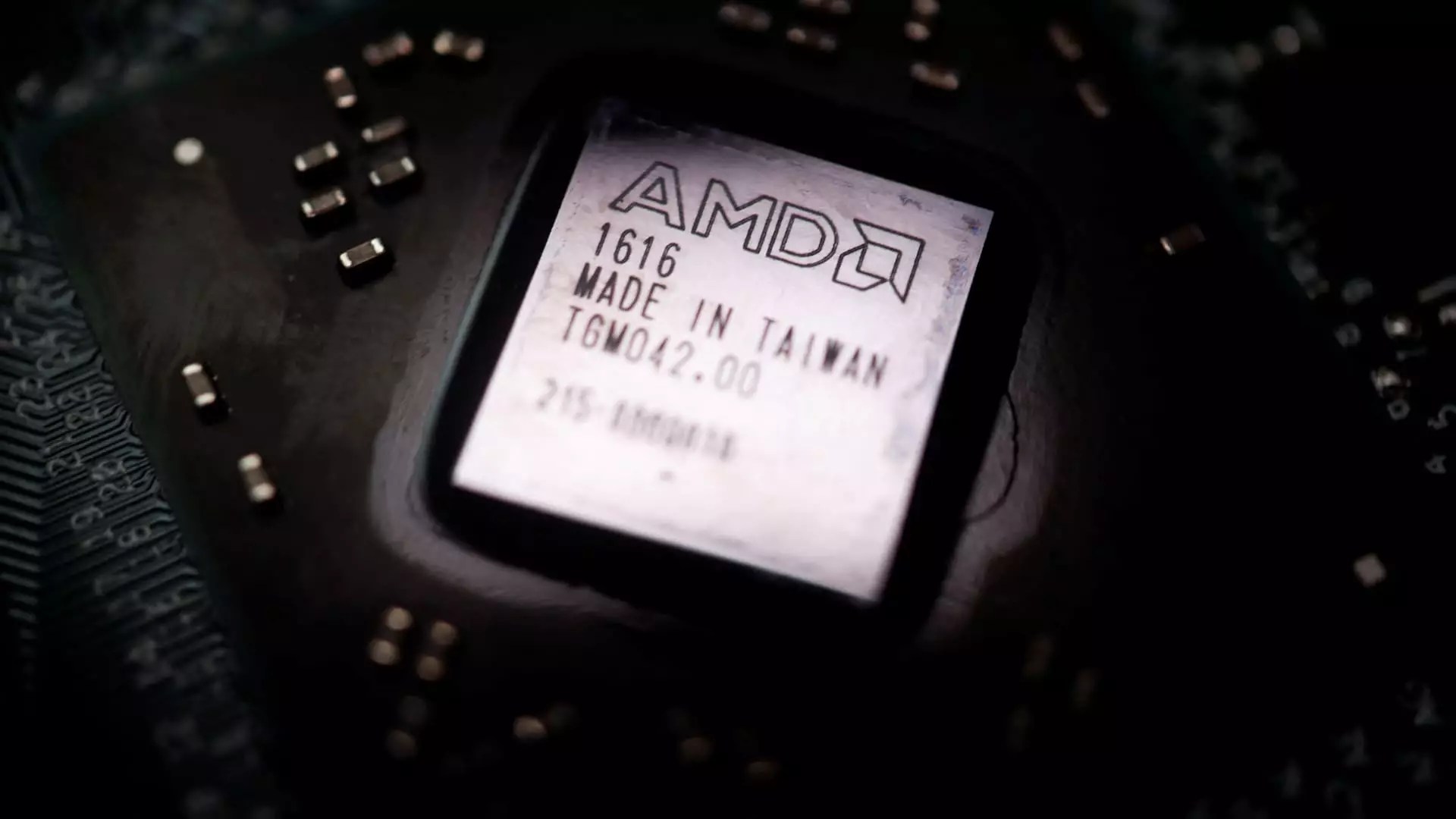Advanced Micro Devices (AMD) is currently facing a tumultuous period, primarily due to escalating competition in the artificial intelligence (AI) sector. This has prompted HSBC to revise its outlook on the semiconductor giant, downgrading its stock from a buy recommendation to a reduce, while slashing its price target from $200 to $110 per share. Such a significant downgrade signifies not only a bearish sentiment about AMD’s near-term prospects but also highlights the intensifying rivalry from formidable players like Nvidia, Marvell, and Broadcom in the lucrative graphics processing unit (GPU) market.
As of late, the AI sector has become a hotbed for investment and technological advancement, with companies racing to capture market share. AMD has experienced a 26% drop in its stock value over the last three months, indicating investor apprehension amid this fierce competition. Analyst Frank Lee of HSBC underscores that AMD’s AI GPU roadmap appears less robust than previously believed, raising concerns about the company’s ability to penetrate the burgeoning AI GPU market effectively.
The GPU market is increasingly critical for powering AI applications, and AMD’s recent maneuvering within this landscape will be pivotal in determining its competitive viability. Lee’s analysis points to a particularly concerning situation regarding AMD’s upcoming MI325 GPU. The anticipated lower specifications of the MI325’s HBM3e memory, due to supply chain issues faced by Samsung, may further diminish AMD’s standing against its rivals. If the demand for the MI325 does not meet expectations, it could result in disappointing momentum for AMD’s AI GPU offerings in the first half of 2025.
Moreover, the overall trajectory of AMD’s business outside the AI domain is also under scrutiny. Although client revenue is projected to grow by 12% year-over-year in fiscal year 2025—outpacing the broader PC notebook industry’s expected growth of just 4%—this growth is still a notable decline from the astonishing 44% growth in fiscal year 2024. Such diminishing returns could dampen investor confidence and prompt further reevaluation of AMD’s overall market strategy.
Despite the pessimistic outlook from HSBC, it’s important to note that the majority of analysts maintain a positive perspective on AMD’s long-term potential. According to data from LSEG, 43 out of 54 analysts continue to rate the stock as a buy or strong buy, suggesting that there remains optimism regarding the company’s capacity to rebound from short-term setbacks. The average price target set by these analysts implies an approximate 43% upside, reflecting potential for recovery should AMD manage to successfully navigate the challenges it faces.
As AMD grapples with external pressures in the AI GPU market, the forthcoming periods will be crucial in determining whether it can adapt to the evolving landscape or risk being sidelined by its competitors. Investors will need to watch closely as developments unfold, weighing the potential risks against the opportunities that could arise from strategic pivots and technological advancements. The current narrative is certainly complex, and while formidable obstacles lie ahead, there remains a flicker of hope for those with an eye on AMD’s long-term trajectory.


Leave a Reply